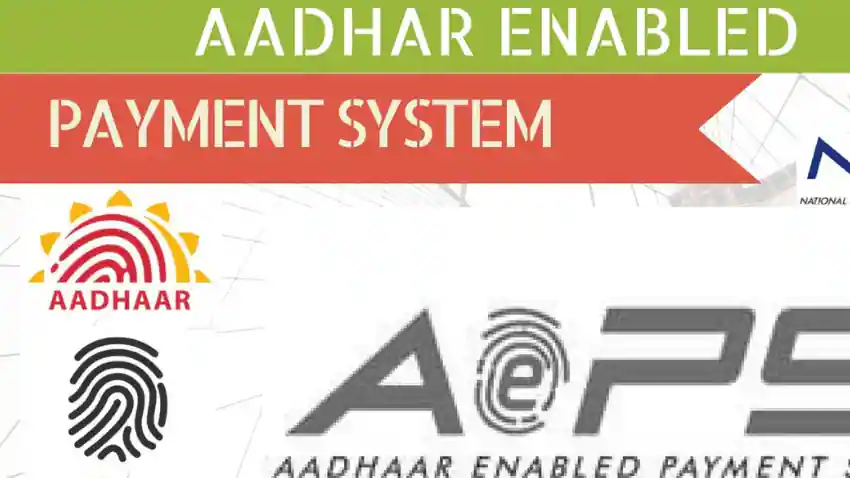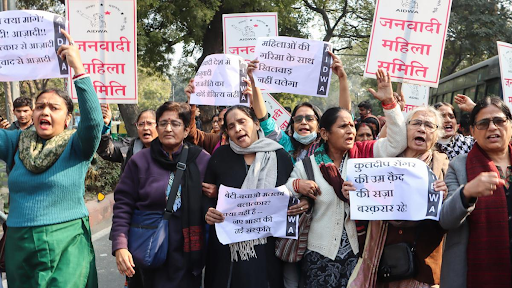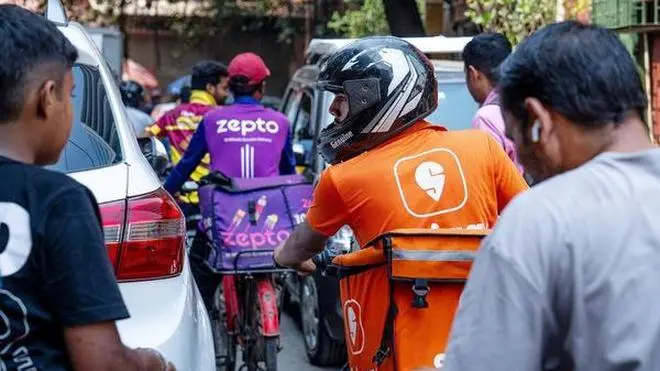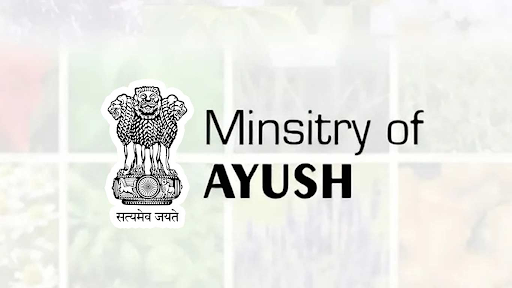Description

Copyright infringement not intended
Picture Courtesy: www.zeebiz.com/india
Context: The Union Government has made the Aadhaar-based payment system (ABPS) mandatory for the payment of wages to NREGS (National Rural Employment Guarantee Scheme) workers. This system involves linking workers' 12-digit Aadhaar numbers with their job cards and bank accounts to ensure direct payment of wages.
Details
- The transition to the Aadhaar-based payment system (ABPS) for the payment of wages to NREGS (National Rural Employment Guarantee Scheme) workers has been a point of contention, with the government making it mandatory.
- The ABPS links workers' Aadhaar numbers with their job cards and bank accounts to ensure direct payments. Initially made mandatory from February 1, 2023, it saw extensions until December 31, 2023, allowing a mixed route with NACH (an interbank payment system). However, from January 1, 2024, ABPS became compulsory.
- The Rural Development Ministry announced that while ABPS is the preferred mode for wage payments, exemptions might be considered on a case-by-case basis if any gram panchayat faces technical or Aadhaar-related issues.

Aadhaar-Based Payment System (ABPS)
- Aadhaar-based payment system (ABPS) is a digital payment system that enables users to access various banking services using their Aadhaar number and biometric authentication. It was introduced by the National Payments Corporation of India (NPCI) to promote financial inclusion and digital payments in India.
ABPS has the following features
- Aadhaar-linked transactions: Users can make transactions through their Aadhaar-linked bank accounts, similar to debit/credit card transactions.
- Biometric authentication: Transactions are completed by submitting the Aadhaar number and biometric details (iris or fingerprint scan) at PoS or micro ATMs, using Aadhaar authentication.
- Bank account privacy: Users do not have to share their bank account details during the transaction, enhancing privacy and security.
- Fund transfers: ABPS allows users to transfer funds between bank accounts, providing a convenient way to send and receive money.
- Secure transactions: ABPS transactions are considered safe and secure as they require biometric authentication, ensuring the identity of the user.
ABPS has the following significance
- Financial inclusion: ABPS enables financial inclusion by providing access to banking services to the unbanked and underbanked sections of society, especially in rural and remote areas.
- Digital payments: ABPS promotes digital payments by reducing the dependence on cash and encouraging cashless transactions.
- Direct benefit transfer: ABPS facilitates direct benefit transfer (DBT) of various government schemes and subsidies to the beneficiaries' bank accounts, eliminating intermediaries and leakages.
- Financial literacy: ABPS creates awareness and education about financial products and services among the users, improving their financial literacy and empowerment.
Steps taken to implement and promote ABPS
- Linking Aadhaar with bank accounts: The government has made it mandatory for all bank account holders to link their Aadhaar numbers with their bank accounts to enable ABPS transactions.
- Making ABPS mandatory for NREGS workers: The government has made ABPS mandatory for the payment of wages to NREGS workers, ensuring timely and transparent payment of wages.
- Providing incentives for BCs and users: The government has provided incentives for BCs and users to adopt ABPS, such as commission for BCs and zero transaction costs for users.
- Creating awareness and capacity building: The government has created awareness and capacity building among the stakeholders, such as banks, BCs, users, and government officials, about the benefits and usage of ABPS.
ABPS faces the following challenges
- Technical issues: ABPS faces technical issues such as network connectivity, device malfunctioning, biometric mismatch, etc., affecting the smooth functioning of the system.
- Aadhaar-related issues: ABPS faces Aadhaar-related issues such as incomplete or incorrect Aadhaar data, lack of Aadhaar enrolment or updation, etc., affecting the verification and authentication of the users.
- Behavioural issues: ABPS faces behavioural issues such as resistance or reluctance from some users or BCs to adopt ABPS, due to a lack of trust, awareness, or convenience.
- Regulatory issues: ABPS faces regulatory issues such as a lack of clarity or consistency in the policies or guidelines related to ABPS, affecting its implementation and compliance.
Way forward for improving ABPS
- Strengthening the infrastructure: The infrastructure for ABPS should be strengthened by improving the network connectivity, device quality, biometric accuracy, etc., ensuring reliable and efficient transactions.
- Updating the Aadhaar data: The Aadhaar data should be updated regularly by enrolling or updating the Aadhaar details of the users, ensuring accurate and complete verification and authentication.
- Enhancing awareness and trust: The awareness and trust among the users and BCs should be enhanced by conducting campaigns, workshops, demonstrations, etc., highlighting the benefits and usage of ABPS.
- Harmonizing the regulations: The regulations related to ABPS should be harmonized by streamlining and simplifying the policies or guidelines related to ABPS, ensuring its implementation and compliance.

Conclusion
- ABPS is a revolutionary payment system that leverages the Aadhaar infrastructure to enable financial transactions. It has the potential to transform the financial landscape of India by providing access to banking services, promoting digital payments, facilitating direct benefit transfer, and improving financial literacy. However, it also faces some challenges that need to be addressed to ensure its optimal utilization and impact. ABPS is a step towards achieving the vision of a cashless, inclusive, and digital India.
Must Read Articles:
Aadhaar-Enabled Payment System: https://www.iasgyan.in/daily-current-affairs/aadhaar-enabled-payment-system#:~:text=Steps%20to%20use%20AePS&text=Provide%20the%20Aadhaar%20number%20and,confirmation%20receipt%20for%20the%20transaction.
Mgnrega Payments Through the Aadhaar Payments System: https://www.iasgyan.in/daily-current-affairs/mgnrega-payments-through-the-aadhaar-payments-system
|
PRACTICE QUESTION
Q. How does the Aadhaar-Enabled Payment System (AePS) in India ensure secure and convenient financial transactions for individuals across various socio-economic backgrounds?
|












